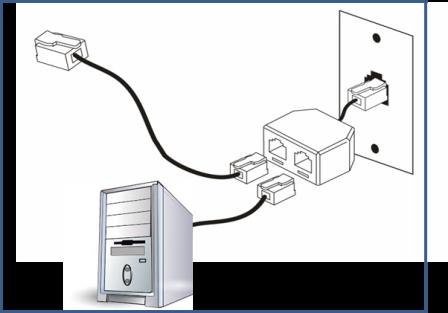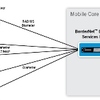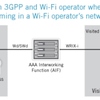
Not so many years ago, the only way to connect to the Internet was via a modem. You would use your digital or analog line, and literally place “calls” to the Internet. Nowadays, we either use Wi-Fi or some other type of broadband connection. But in the early days of the Internet, connecting through a modem was the only option. When I went on trips, I’d stay in certain hotels just because I knew how their private branch exchange (PBX) worked. I also had the dial-out sequence, including requisite spacing, already built into my laptop. To send and receive email, I’d set the laptop up and connect in, go out for dinner, return two hours later, and if I was lucky, that would be the end of it. But if some knucklehead decided to send me a massive 1MB file, I’d have to let it go all night. We can presume that if an historian were to refer to the golden days of the Internet, those would not qualify. Thankfully, the invention of broadband shook up everything we thought we knew about Internet connectivity.
Lo and behold, the world has moved on from modems. But believe it or not, Dialogic still produces card-based modems intended for servers. How does a long-forgotten technology still retain its value? For starters, some systems don’t require the high functionality of broadband in order to have a productive infrastructure. In those cases, modems can be an effective and less expensive alternative. Dialogic still sees the useful application of modems in the following categories:
1. Machine-to-machine (M2M) remote management: In the world of the Internet of things, some of the “things” are still connected via public switched telephone networks (PSTN), and it’s unlikely that they’ll progress to wired Ethernet anytime soon. Examples of this include controlling digital signs, stoplight control and early home security systems. These applications are candidates for an upgrade to wireless someday, but due to the associated costs, it won’t be today.
2. M2M data transfer: These applications are similar to the ones mentioned above, but also involve the security of a point-to-point connection. M2M data transfer applications include point of sale (POS) systems such as credit card payments, ATM machine transactions and utility metering.
3. Broadband backup: Everybody needs a reliable backup. It’s not unheard of for broadband access to go down due to a power-related issue. When that happens, having some kind of PSTN connectivity via a modem is an effective and reliable way for companies to access the Internet. If your business doesn’t have an infrastructure where at least one connection system is consistently up and running, you might regret that decision to throw out those outdated modems, especially if something like a power outage should ever rear its ugly head. Broadband should be your ideal passage to the Internet, but it’s always important to have a plan B.
Intrigued? Visit this page to learn more about modern day usages of PSTN modem bank.












